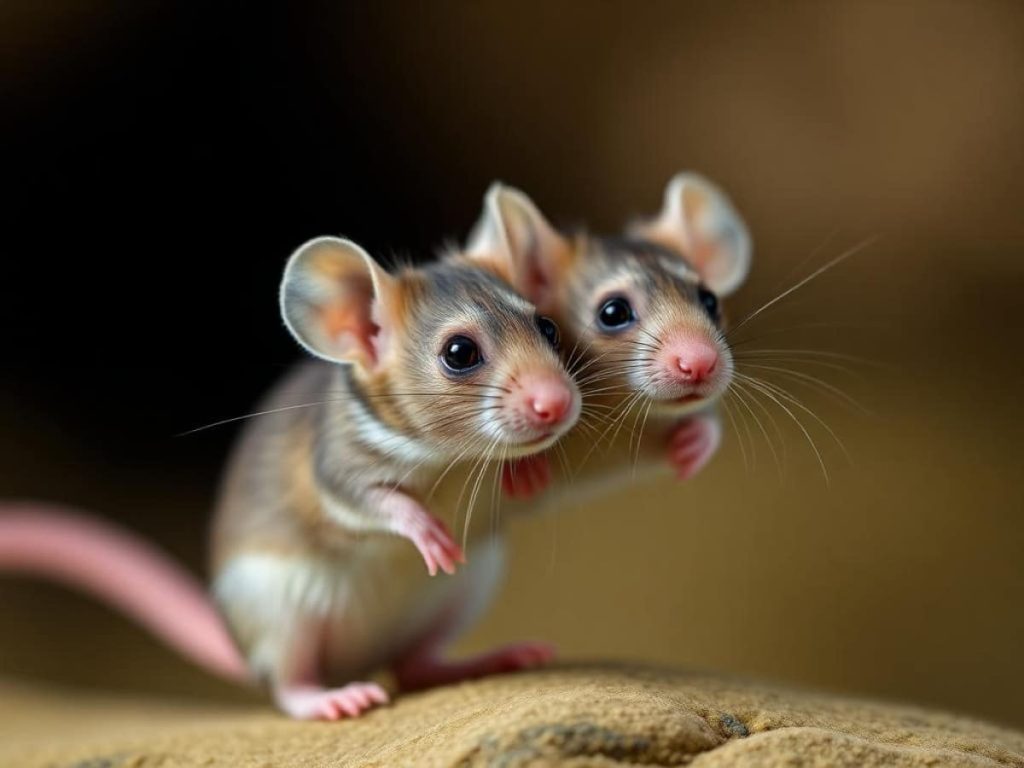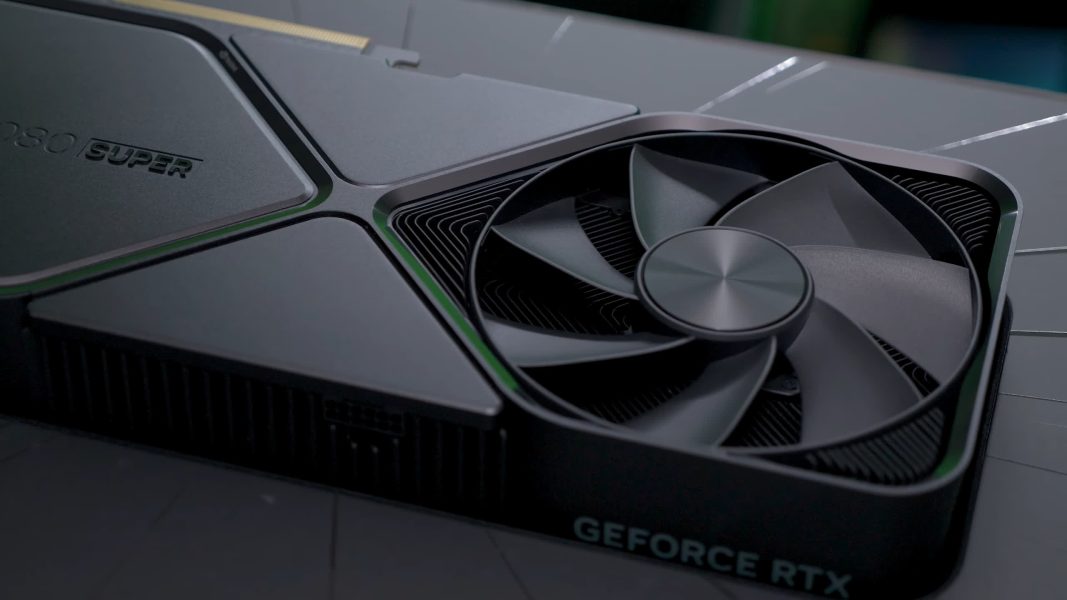CRISPR Breakthrough: Mice Created from Two Fathers Reach Adulthood for First Time! – Glass Almanac

The concept of biological reproduction between same-sex individuals in mammals has always been deemed impossible. However, scientists have now successfully created a bi-paternal mouse (with two fathers) in a lab, which survived into adulthood. In this groundbreaking study, researchers from the Chinese Academy of Sciences (CAS) detail how targeting a specific set of genes enabled them to bypass previously insurmountable barriers in unisexual reproduction among mammals.This breakthrough could advance research in stem cells and regenerative medicine, while also opening new avenues in reproductive science.Prior studies have attempted to create mice from two male mice using stem cells. Found throughout the body in organs and tissues, these cells can develop into various cell types and are crucial for tissue growth and maintenance. However, until now, the embryos produced only developed up to a certain point before ceasing growth.In this study, published on January 28 in the journal Cell Stem Cell and conducted by CAS researchers, the focus was on targeting genomic imprinting genes. This strange biological phenomenon causes certain genes to express differently depending on which parent they come from. Animals actually inherit a ‘dose’ of genes from each parent that must then work in harmony to create a healthy embryo. Without these dual doses or if disruptions occur in this imprinting, gene expression can go awry, and the embryos may display abnormalities due to genetic disorders.The authors note that in previous attempts, stem cells derived from male mice were used to create an oocyte (an ovarian cell that can develop into an egg). These oocytes were then fertilized with sperm from another male mouse to create embryos. However, when chromosomes (known to divide during the creation of oocytes and sperm) came from the same sex, imprinting disorders occurred, leading to severe developmental defects in the embryos.Here, the research team took an entirely different approach. Instead of trying to create eggs, they focused on precisely editing specific parts of the genetic code, particularly twenty genes known to be crucial for embryo development. Aiming to create healthy mice with DNA from two fathers, the team undertook a complex series of experiments to individually modify these critical genes using various techniques with the CRISPR tool.The genetically modified cells were then injected along with other sperm cells into oocytes from which the nuclei had been removed. The result was embryonic cells that contained DNA from both male mice. These cells were then transferred to a type of embryonic shell used in research to provide the necessary cells to form a placenta. The resulting embryos were transferred into the uteruses of female mice. And it worked… to a certain extent. Some of the embryos developed into live mice that even survived into adulthood.With the use of CRISPR technology, researchers found that the genetic modifications allowed the creation of longer-living bi-paternal animals, and the stem cells formed had more stable pluripotency. Pluripotent stem cells can become any cell or tissue in the body. Although this science is far from perfect, the study’s results mainly demonstrated that “imprinting anomalies are the primary barrier to unisexual reproduction in mammals,” according to Guan-Zheng Luo, co-author of the study and researcher at Sun Yat-sen University in Guangzhou.Prior research from 2004 showed that mice with two mothers appeared smaller and lived longer than expected, while the current study shows that mice with two fathers are larger and die quicker. The authors noted that only 11.8% of the viable embryos were able to develop in the uterus to birth, and not all the newborn mice survived to adulthood due to developmental defects. Most of those that reached adulthood still exhibited abnormal growth, reduced life expectancy, and were sterile.Despite the limitations of the study, the scientists plan to continue working on this approach, which could significantly improve the development outcomes of embryonic stem cells and cloned animals, opening what they believe to be a promising path for regenerative medicine. The researchers aim to eventually try the same technique on larger animals, including monkeys, but for now, they remain focused on mice. They plan to continue experimenting with modifications of imprinting genes to create the conditions necessary for the normal development of an embryo.The press release states that it “remains uncertain whether this technology will one day be used to address human diseases”. This is also the case for reproduction within gay couples aided by a surrogate mother. The ethical guidelines of the International Society for Stem Cell Research currently strictly prohibit hereditary genome editing for reproductive purposes, as well as using gametes derived from human stem cells for reproduction, as these practices are considered dangerous.However, “additional modifications to imprinting genes could potentially enable the generation of healthy bi-paternal mice capable of producing viable gametes and open up new therapeutic strategies for diseases related to imprinting” in humans, says Zhi-Kun Li, co-author of the study.
Comment Save my name, email, and website in this browser for the next time I comment.
Discover the future through Glass Almanac, your premier source for all things tech and entertainment. From the latest in augmented reality to cutting-edge scientific discoveries and trending TV shows, we bring you insightful, up-to-the-minute coverage. Dive into our world where technology meets daily life and stay ahead of the curve with Glass Almanac.Glass Almanac100 Tech WaySan Francisco, CA 94107United StatesPhone: +1 415-555-0100Email: contact@glassalmanac.comStay connected with us for the latest updates and insights.






